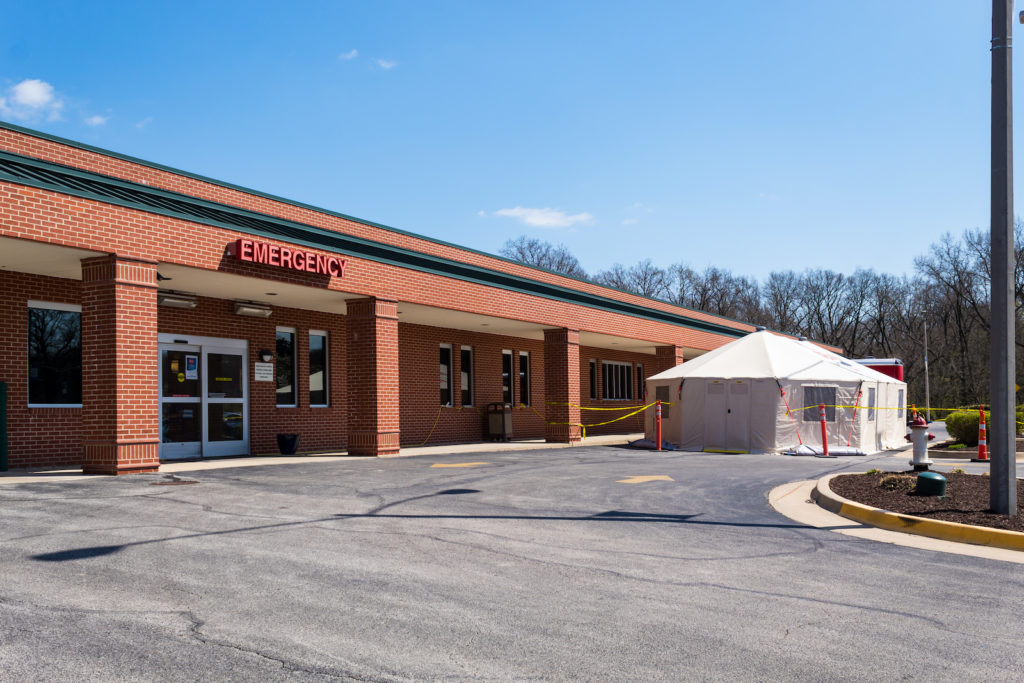
Rural areas feel the pressures of the COVID-19 pandemic in a disproportionate way with greater challenges, including older populations, more health problems, economic disadvantages, and fewer and less sophisticated medical facilities, and more. Where I practice, West Alabama—the center of the stroke belt—exemplifies these characteristics. This area was underserved before the pandemic.
The number of COVID-19 cases is climbing in Alabama. The per capita infection rate and hospitalization rate are rising at an alarming pace in rural areas in comparison to their larger urban counterparts. The number of cases in rural areas appears less significant but can much more rapidly break an already fragile health care system. Patients must travel many miles even for rudimentary services. Subspecialty care may be hours away.
We must project care into these rural hospitals, clinics, and homes regardless of how remote. This becomes increasingly important considering how many rural hospitals have closed in recent years and how many more are likely to fail in the wake of this pandemic. Approximately 20% of the hospital beds in rural areas disappeared between 2006 and 2017, according to a study from the Economic Innovation Group (EIG). We cannot forget the patients—the people—living in those regions.
The 15% of people in the United States living in rural areas are largely a higher-risk population who are particularly vulnerable to serious outcomes with COVID-19. Smoking rates are typically higher. Obesity is more common. Chronic illnesses are both more frequent and less likely to be managed. Treatment of COVID-19 is vitally important. Treating the disorders that make COVID-19 more dangerous is even more important and addresses multiple concerns simultaneously.
Within the past few months, Pickens County Medical Center closed its doors after a long battle. The odds were stacked against it as they are with most rural hospitals. When these small rural hospitals close, far more than healthcare suffers. The economic network of the community is damaged. Jobs disappear. The very fabric of the community is damaged.
But there is more. Solving the problems here would create the model for addressing them in less disadvantaged areas. Finding solutions in urban tertiary care facilities would not translate the other direction. If we can fix the problems of rural medicine, laid bare by the pandemic, we are more likely to fix the problems of the entire health care system.
Combining technological advances from multiple fields provides solutions to these and other challenges. This affords an opportunity to improve the access to medical services from standard examinations to advanced diagnostics, to pulmonary rehabilitation for COVID-19 patients across West Alabama, the country, and the world.
Small groups have been laboring to create a viable rural health system–The Rural Health Initiative at The University of Alabama. These teams need innovative technology that solves the problems they face. They don’t need just another box or another software platform.
It’s past time to stop talking about what a shame it is that another hospital closed. We must take the steps needed to save these hospitals. Not so they can limp along for few more years. They need to be transformed into state-of-the-art medical centers. This sounds all but impossible, but as we will discuss in the coming weeks, it is well within our reach.
Follow us on Twitter, Facebook, and LinkedIn to join the conversation about growing your practice.



Fermelique Cream
COVID-19 Proves A Need For Health System Overhaul To Salvage The Future | SBGM